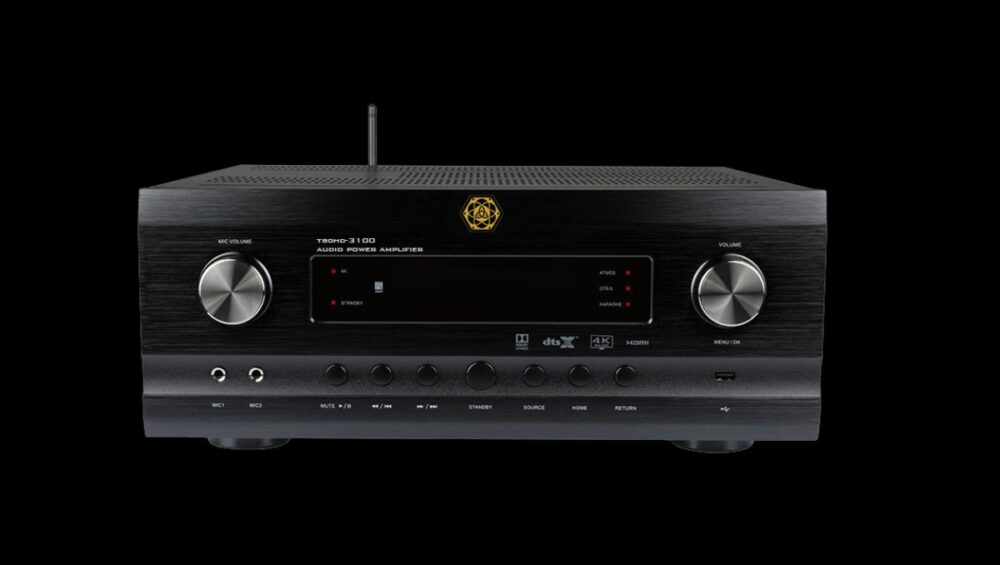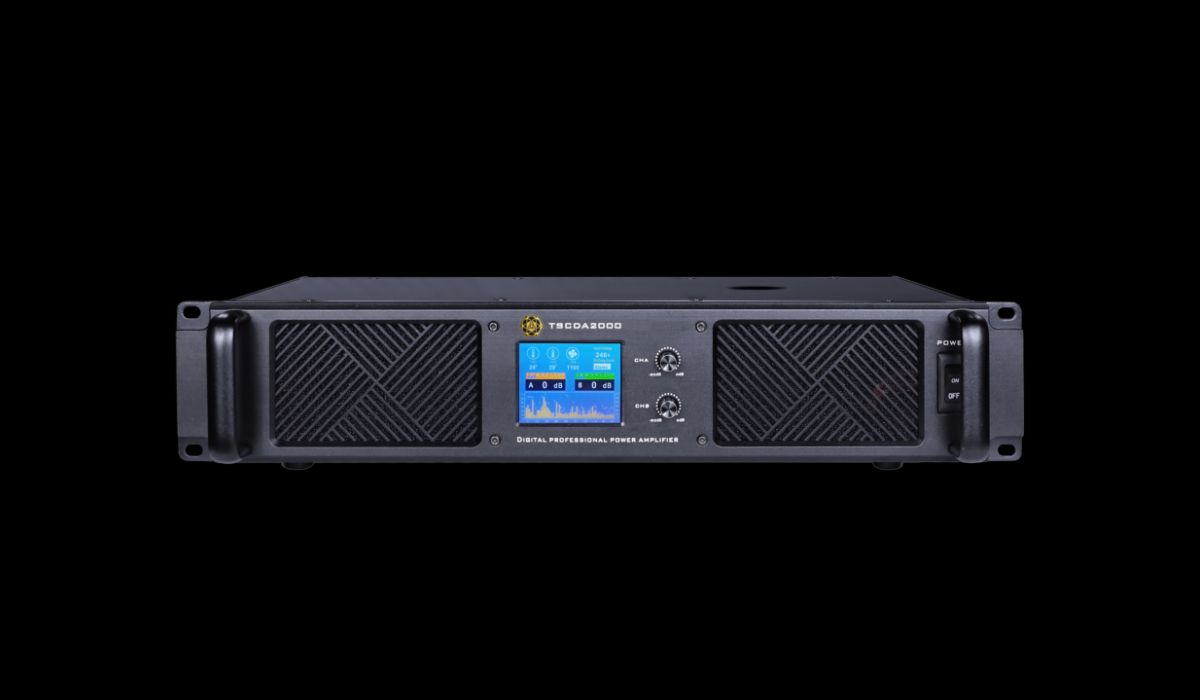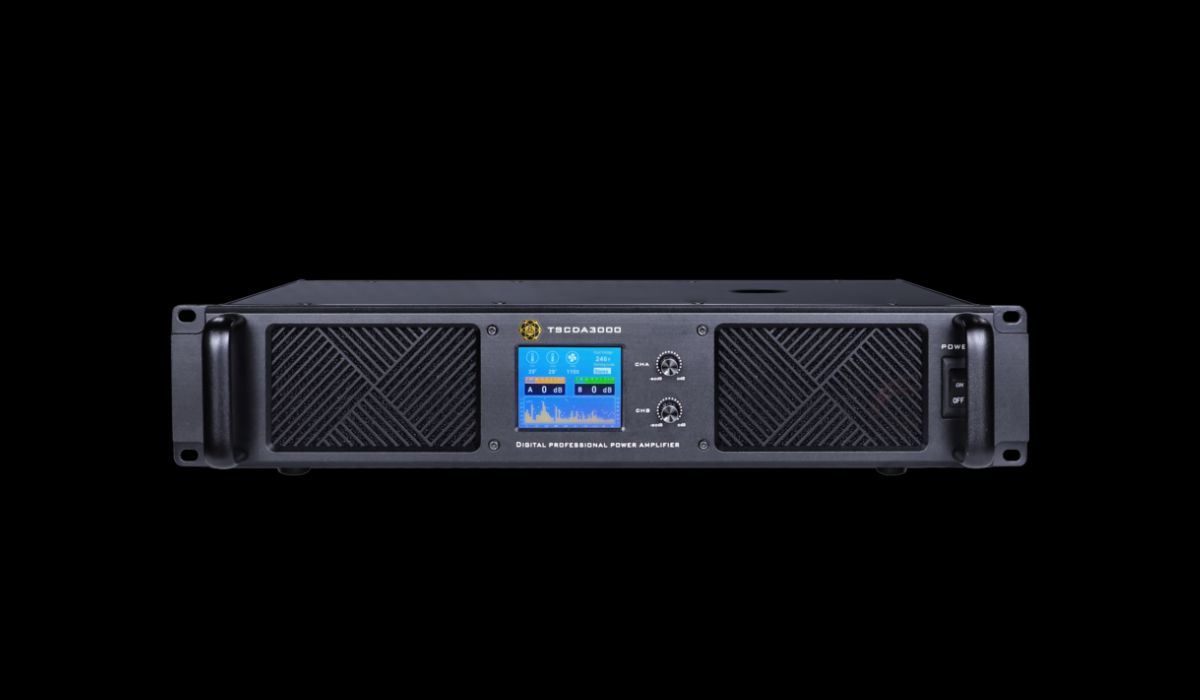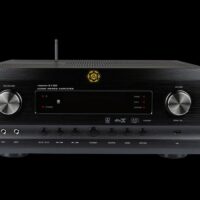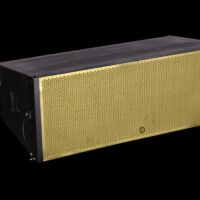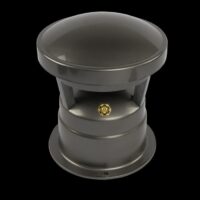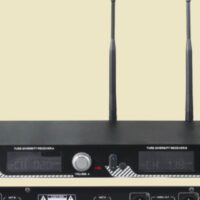Introduction
A Home Cinema Amplifier is essential to any home cinema system, as it drives your speakers and provides high-fidelity sound reproduction. Selecting the appropriate amplifier can make a big difference to your film-watching and music-listening experience, delivering rich, immersive sound that turns your living room into a home cinema. But with so many choices on offer, choosing the perfect home cinema amplifier is a matter of paying close attention to several important factors. The key factors to take into account while making an informed decision will be covered in this post.
1. Power Output
One of the key considerations is the home cinema amplifier’s power output. The power output dictates the loud and clear sound, particularly in larger rooms. Expressed in watts per channel, the power rating must be equal to the demands of your speakers to prevent distortion or underperformance. Ensure the amplifier has sufficient headroom to play dynamic soundtracks without clipping or losing clarity.
2. Number of Channels
The number of channels in a home cinema amplifier determines how many speakers it will accommodate. A 5.1-channel amplifier (five speakers and a subwoofer) will suffice for a simple setup. However, for a more enveloping experience, look at the 7.1 or even 9.2-channel amplifier, which supports extra surround or overhead speakers for formats such as Dolby Atmos and DTS: X. Opting for an amplifier with more channels provides room for future extension and upgrades.
3. Connectivity Options
Today’s home cinema amplifiers provide multiple connectivity options, such as HDMI, optical, coaxial, and analog inputs. HDMI inputs are necessary to connect high-definition audio and video sources such as Blu-ray players, gaming consoles, and streaming devices. An amplifier with multiple HDMI ports and compatibility with 4K, HDR, and eARC (enhanced audio return channel) is the best option for an optimum audio-visual experience. Wireless connectivity, such as Bluetooth and Wi-Fi, also adds convenience for streaming music from smartphones and tablets.
4. Audio Formats and Decoding
A good home cinema amplifier should support popular audio formats like Dolby Atmos, DTS:X, and Auro-3D. These formats deliver immersive, three-dimensional sound that enhances the cinematic experience. The amplifier’s decoding capabilities should match the audio output of your content sources to ensure optimal performance. Mixing and virtual surround sound can enhance older or non-surround audio content.
5. Room Calibration and EQ
High-end home theater amplifiers include auto room calibration and equalization (EQ) systems. These will scan the acoustics in your room and adjust the speaker output to offer a balanced sound. Audyssey, YPAO (Yamaha Parametric Room Acoustic Optimizer), and Dirac Live are some systems that can counteract unbalanced speaker placement and room reflections to give a more accurate and more immersive soundstage.
6. Build Quality and Design
The construction quality and aesthetics of the home cinema amplifier are also important. A sturdy amplifier with quality internal components guarantees durability and long-term performance. Proper ventilation and heat dissipation are necessary to avoid overheating with prolonged use. The design must be compatible with your current home theater system, with easy-to-use controls and a simple user interface.
7. Price and Value for Money
Home cinema amplifiers are available at various prices, from budget-friendly models to high-end options. While sticking to your budget is essential, consider the features and performance you’re getting for the price. A mid-range amplifier with the right balance of power, connectivity, and audio quality often provides the best value for money. Look for reputable brands with positive user reviews and good customer support.
Conclusion
Choosing the right Home Cinema Amplifier demands a delicate balance of power, channels, connectivity, audio formats, and room calibration features. Knowing your home theater system and audio taste, you can select an amplifier that boosts your audio experience and provides cinema-quality sound in your living room. Spending money on a good amplifier adds to speakers’ performance and brings in a more immersive and engaging entertainment experience.
To know more about us Contact us now!

